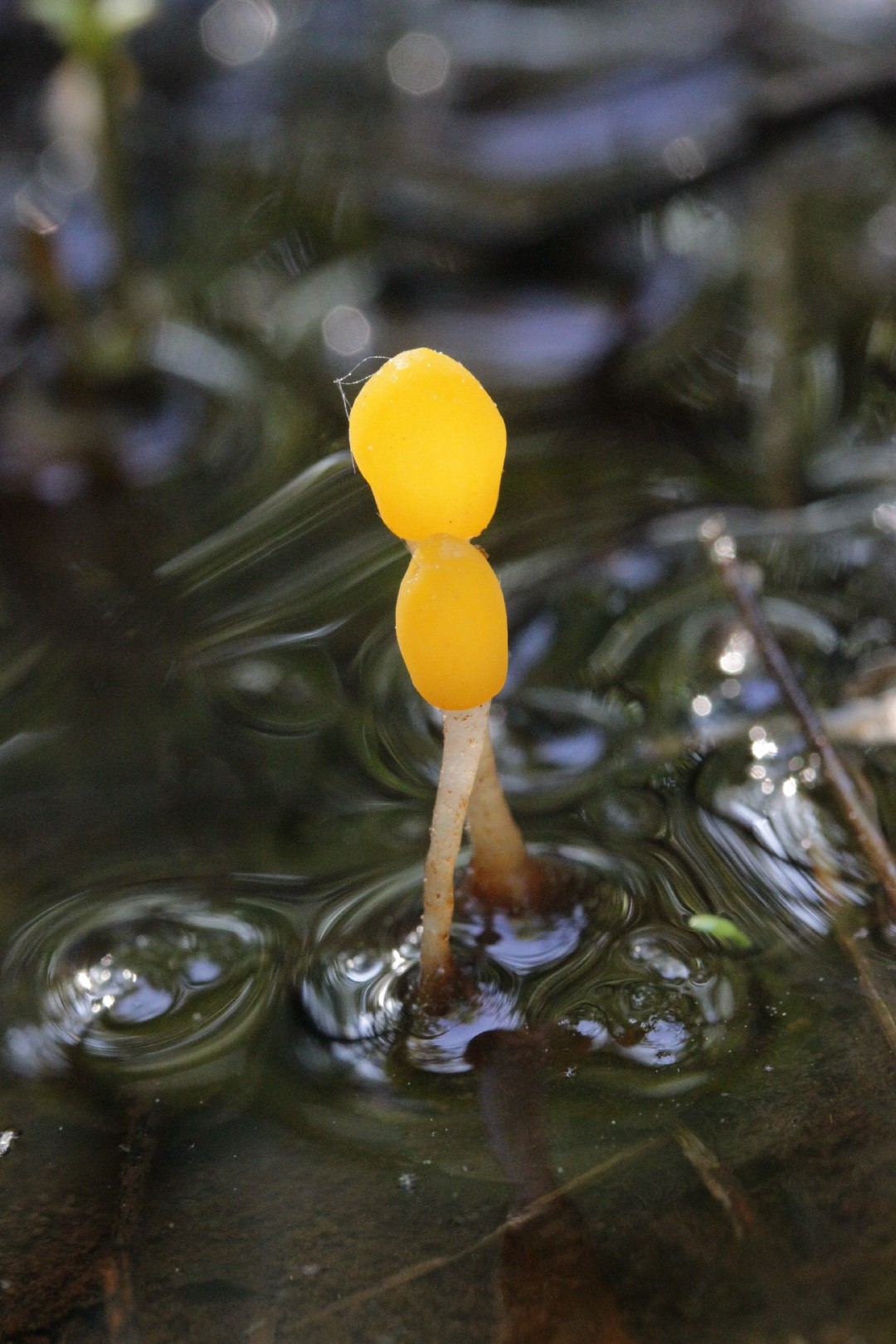Mitrula
Scientific name: Mitrula
Mitrula
Scientific name: Mitrula
 Photo By Björn S... , used under CC-BY-SA-2.0 /Cropped and compressed from original
Photo By Björn S... , used under CC-BY-SA-2.0 /Cropped and compressed from original Description
Mitrula is a fascinating group found in moist environments, often near streams and wetlands. These organisms are known for their striking, brightly colored fruiting bodies that spring up from decaying leaf litter. They play a critical role in decomposing organic matter, contributing to nutrient cycling in their habitats. Certain species have a distinctive cap-like structure and can be quite eye-catching amidst forest floors, especially after rains.